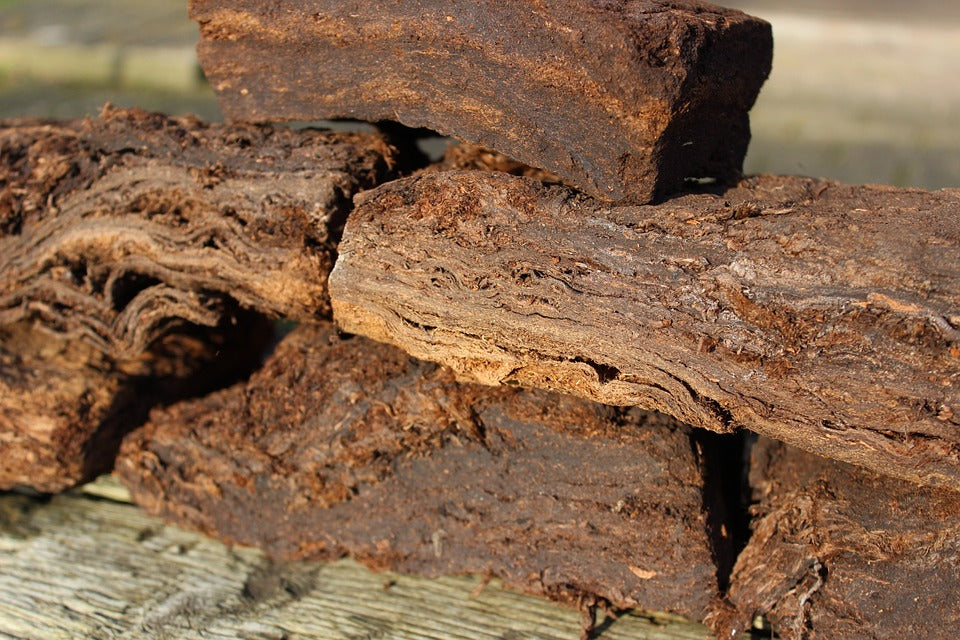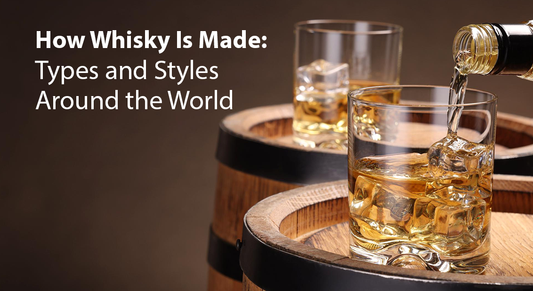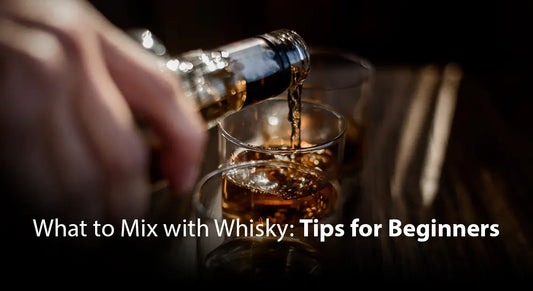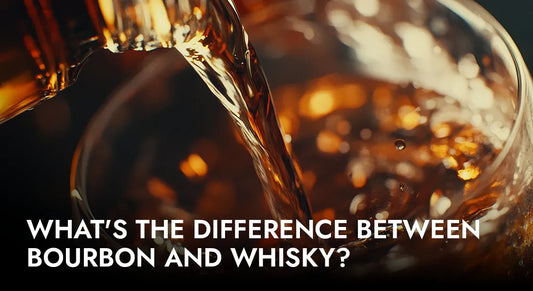
What You Should Know About Peat in Your Whisky
The Production Process of Peat in Whisky
For centuries, dried peat has been an invaluable energy source in Scotland. This peat is unique to the bogs and moorlands of Scotland. Because of its energy, peat is a crucial fuel source in the malting process of whisky production.
Nowadays, distilleries use commercially malted barley. Malting lets the starches in barleycorns to become soluble, so the sugars turn into alcohol. The barleycorns then steep in water. Just before germination, barley grain, or damp malt, is then exposed to the smoke of a peat fire. The peat fire’s smoke dries the barley, which then converts into malt whisky.
Though peated whiskys are dominant, unpeated whiskys are another option. To create unpeated whiskys, the malt for unpeated whisky is dried in hot air with no smoke. Any smokiness in unpeated whisky is small and comes from casks compared to peated whisky, which is stronger. Explore our collection of peat-rich Scotch whiskies to experience smoky, earthy profiles firsthand.
How do Phenols Come Through in Peated Whisky?
The peat smoke contains chemicals called phenols, which are absorbed by malted barley. The time of exposure of barley grain to the peat smoke establishes the phenol amount and thus the smoky taste. The longer the exposure, the stronger the smokiness in the mouthfeel.
The ‘peatiness’ in whisky is measured by phenol-based parts per million (PPM). Some phenols are lost during distillation, so the final PPM could be around one-third of the original number.
What Does Peat Taste Like?
Based on the length of time for which malt is peated, the PPM, and the time for maturation, peat flavours vary from region to region. Taste notes in peat flavours range from soapy, sulphuric, medicinal, rich, smoky, aromatic, smooth, salty, nutty, citrusy, mossy, or even diesel. The broad range of tasting notes in peated whiskies are what makes them so distinguishable and powerful from other spirits. Unsure where to start? Our Islay whisky tasting sets offer a tour of smoke levels in one convenient pack.
Different phenols affect the scent and flavours in peated whisky, which are described below:
Phenol-medicinal, antiseptic, TCP
Guaiacol – charred, smoky (only discernible in taste)
Syringol – charred, smoky (discernible only in aroma)
Cresol - herbal, earthy peat, tar
Xylenol-Sweet, medicinal
How Casks Affect the Whisky Flavours
Some bottles may show labels such as “refill” or “first fill”, which shows the amount of use of the casks. The seasoning of oaks and casks has a tremendous effect on whisky, incorporating their own flavours, and working together to create dense and intricate layers.
For years, distillers use oak barrels to get the new make taste. Whisky gets 60% of the aroma from the oak cask. Since the cask is always burnt, which means toasted or burnt inside, the cask filters the new make like carbon filtration. As the new make spirit sits in the barrels in the hot summer months, some alcohol burns away through the pores in the wood. However, the oak itself gives the new make most of its taste.
The whisky’s colour and aroma is based on the oak in which the "new make" whisky is stored. The "new make" not only changes color in these casks, but also smell and taste after spending time in these burnt oak casks. For first fill casks, the wood gives the strongest flavours in whisky. Because of the strong flavours in the first fill casks, the industry puts a premium on these casks. In second refill, any lingering smoky notes in unpeated whiskys are from the aging casks themselves.
Peat has become a defining characteristic of whisky, but unpeated whiskys have given the spirit a broader range of flavours. With more practice, you will learn an appreciation for the rich flavours in your favourite whiskys.
Explore our range of peated whiskies at Liquor Loot today.













